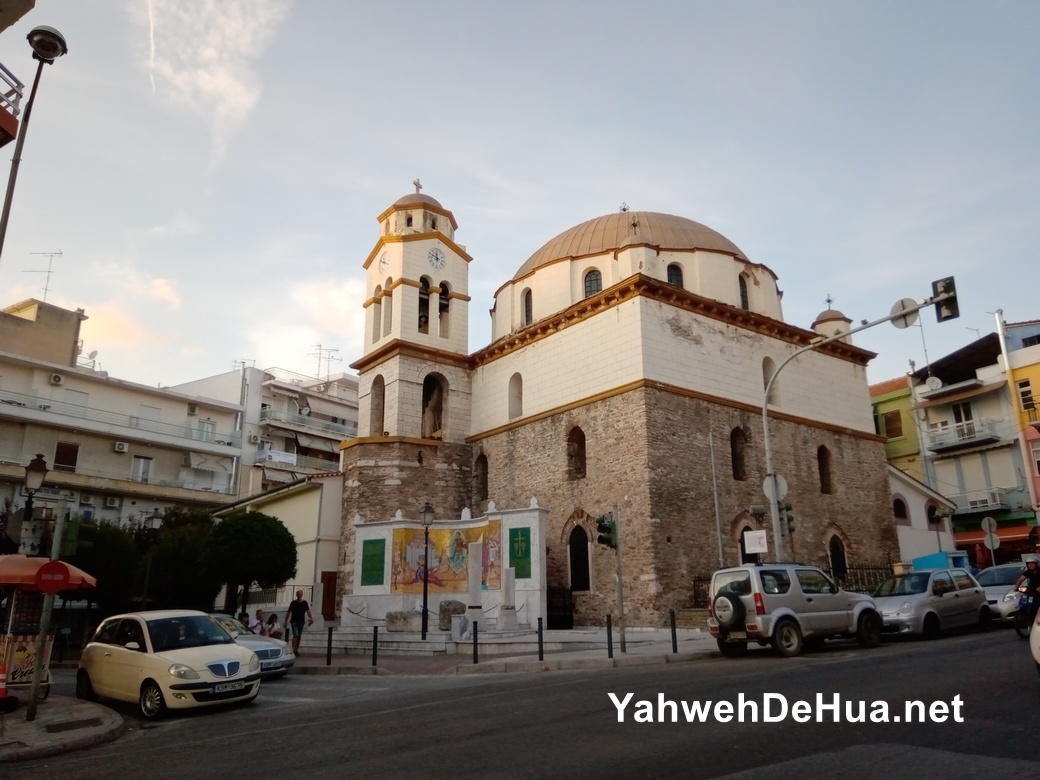Neapolis, the ancient port where Paul first came to European soil, is now called Kavala.
尼亚波利(Neapolis)是保罗首次踏上欧洲土地的古老港口,现称为卡瓦拉(Kavala)。
At one time in the last century, after the Greco-Turkish war (1919-1922), it ranked as the 4th largest city, due to the large number of refugees. Now it is one of the many smaller cities in Greece, with close to 60,000 residents in the greater municipality area.
It is a small fishing city, underdeveloped, most famous for its tobacco industry, and has an oil producing rake out in the sea. Few tourists come here except Christian tourist groups on their way to ancient Philippi. There is a church of St. Nicholas with large mosaics to commemorate that event.
 |
| Church of St Nicholas |
 |
| Mosaic commemorating Paul's landing |
It is 160 km west of Thessaloniki, an hour and a half drive. There are a few points of interest, the archaeological museum, the Byzantine Fortress, and the Roman Aqueduct (1st - 6th Century).


























































